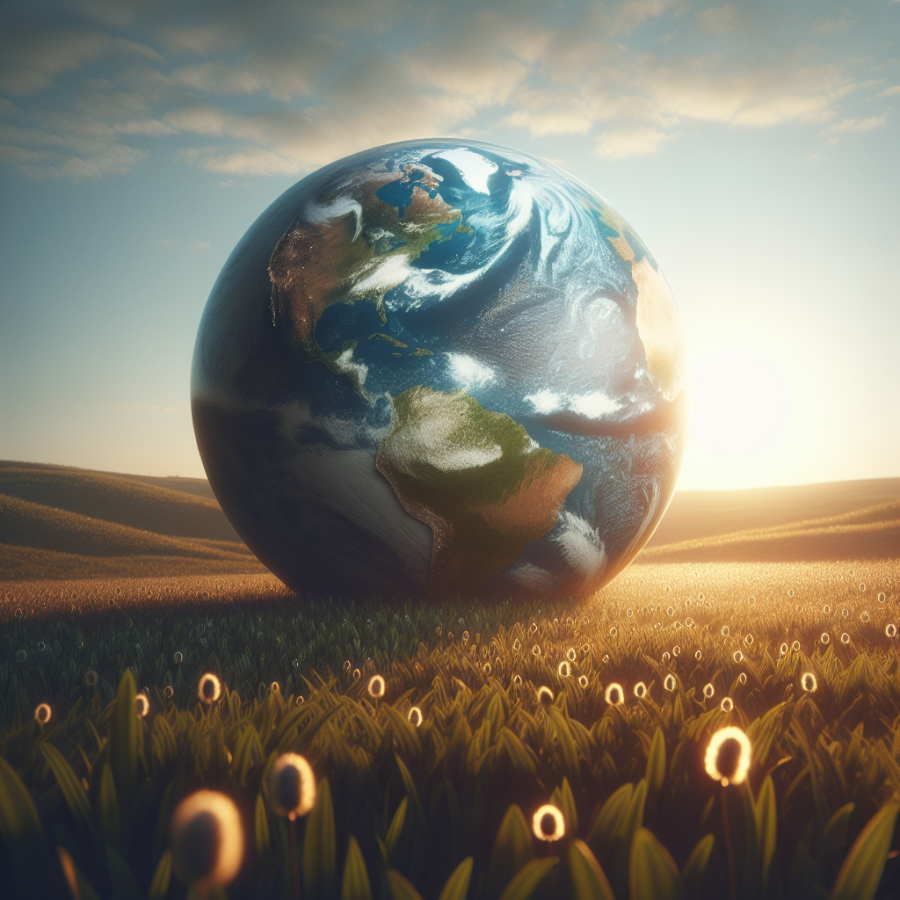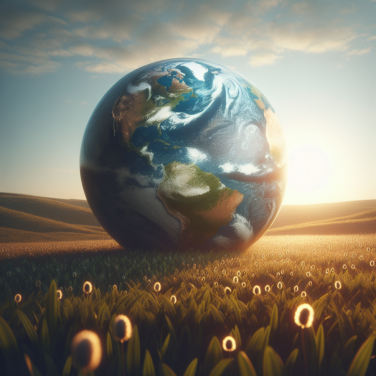Exploring the Global Fascination with Earthball: Origins and Cultural Impact
Earthball, a term that encompasses various activities centered around a large, inflatable ball used in play and sport, has captivated participants and audiences alike on a global scale. What began as a simple concept—interacting with a giant sphere—has burgeoned into a phenomenon marked by events, competitions, and diverse cultural adaptations.
At its core, the origins of Earthball can be traced back to exercises in team-building and physical education. The initial intent was to promote cooperation, coordination, and fitness through the challenges presented by the ball's size and movements. However, its appeal quickly transcended practical applications, tapping into a universal human fascination with spherical objects that mirrors the natural allure of celestial bodies like the moon and planets.
As Earthball made its foray across continents, the spectrum of its cultural impact became evident. In Europe, it assumed a competitive edge, with leagues and tournaments that capitalized on the ball's unique dynamics to create new sports that combined elements of volleyball, soccer, and even gymnastics. Conversely, in Asian countries, Earthball's size and collective engagement found a home in festival celebrations, embodying a sense of community and togetherness.
In North America, Earthball's integration into mainstream team-building exercises and educational curricula demonstrated its versatility. Schools, summer camps, and corporate retreats often feature Earthball activities designed to foster group cohesion and problem-solving under the guise of play.
In many Pacific Islander communities, the Earthball has been embraced as part of a renaissance of traditional games, serving not just as entertainment but also as a cultural touchstone, linking contemporary societies with ancestral pastimes. Here, the playing of Earthball is often accompanied by music and dance, adding a rich layer of cultural significance to the activity.
The Earthball phenomenon has not been without its commercial aspect. Manufacturers and distributors have realized the potential in these giant spheres, leading to a market for not only the balls themselves but also for related equipment and branding opportunities. This commercialization has been a double-edged sword; while it has enabled the spread and professionalization of Earthball activities, it has also raised concerns over environmental sustainability and the ethical implications of mass-produced plastic products.
Social media has played a pivotal role in Earthball's spread. Videos showcasing Earthball games, often highlighting spectacular plays or amusing mishaps, have garnered millions of views, spreading the concept virally across the world.
Read also:
The Exciting World of Platform Tennis: A Guide to Padel's Cousin
Unlocking the Secrets of Earthball: Scientific Discoveries and Future Implications
The scientific community has been captivated by Earthball, a term that encompasses various natural phenomena that occur across our planet. With recent discoveries enhancing our understanding of these events, we delve into the intricacies of Earthball, exploring what scientists have unearthed and what potential outcomes these findings could have for our world.
One of the most riveting aspects of Earthball research is the diverse, yet interconnected, geological activities that define the phenomenon. Advancements in geophysical tools and techniques have enabled researchers to detect and analyze patterns in tectonic movements, volcanic activity, and the shifting of Earth’s magnetic fields. These patterns have led to the development of predictive models that aim to forecast geological events with greater accuracy, potentially saving lives by informing more effective disaster preparedness strategies.
The biological spectrum of Earthball is equally intriguing. New insights into how species interact with and adapt to the dynamic Earth's surface have revealed astonishing resilience and ingenuity. Studies on phytoplankton blooms, for instance, have shown how these microorganisms contribute to carbon cycling, influencing global climate patterns. The discovery of extremophiles in the most inhospitable environments on Earth, such as deep-sea hydrothermal vents, has not only expanded the known limits of life but also offered clues into the potential for life on other planets.
Atmospheric studies form another cornerstone of Earthball research. The correlation between atmospheric conditions and global weather systems has been a subject of intense scrutiny. Sophisticated climate models integrate data from Earthball phenomena to better predict changes in climate variability, which has become increasingly critical as we face accelerated climate change. These models assist in understanding how natural feedback mechanisms, like ocean currents and ice-albedo effects, may mitigate or exacerbate global warming.
The hydrological dimension of Earthball is also teeming with breakthroughs. The water cycle's role in Earthball is evident through the examination of groundwater movement, aquifer depletion, and the distribution of water resources. The impact of these factors on agriculture, urban development, and natural ecosystems highlights the delicate balance between human activity and Earth's water supplies.
As Earthball research progresses, technology plays a pivotal part. Satellite imagery, airborne sensors, and ground-based monitoring stations collect vast amounts of data. Machine learning algorithms process this data to detect subtle patterns and anomalies that might precede significant Earthball events.




